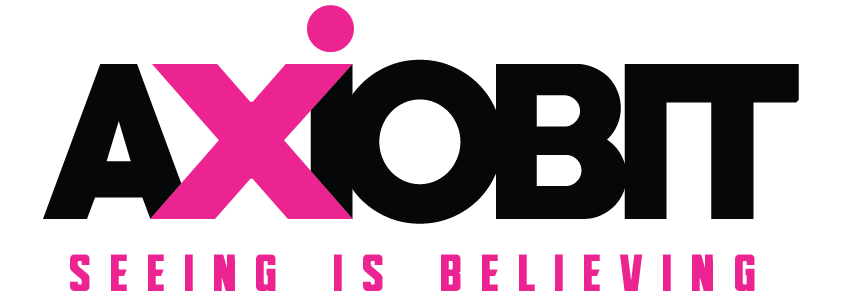Current times require radical changes in the business model to better respond to the existing and needs and interests of clients, employees and collaborators, but also to anticipate future trends. In certain cases, companies decide to redesign part of their core processes or functions; in other cases, entirely new business models can be set up, either independently or on top of existing structures.
These changes are driven by important shifts, such as the raising importance of the mobile channel, the rediscovered value of virtual communities and shared social responsibility, lateral application of technologies traditionally used in only one industry (i.e. blockchain technology) and the limitless possibilities open by artificial intelligence.
For complex digital transformation projects and innovative business models we also use the Methodology of Convergence, the proprietary methodology which is a multidisciplinary approach centered around creating significant performance leaps. Certain distinctive concepts included in this methodology are particularly relevant when designing digital business models:
Financial expression, though, is just an outcome; it does not allow us to understand the performance mechanisms and the real origin of value creation in business. In our view, performance represents the institutional effort to diminish the transaction costs; it is a complex concept, with multiple behavioral dimensions such as decision-making rules, emotions, communication conventions and managerial effectiveness.
Based on our experience of more than 25 years, process design and execution using BPM have remained the best methods to decrease and optimize the transaction cost. Processes are the most direct way to manage performance, since they can capture a lot of behavioral data and provide the possibility to correct any aspects of misbehavior in time. The digital shift is pivotal in pushing business architecture of performance to a new level. In order to deliver performance, the digital systems should be more oriented towards capturing, interpreting, and processing behavioral aspects of organizations, departments, and/or profit units.
